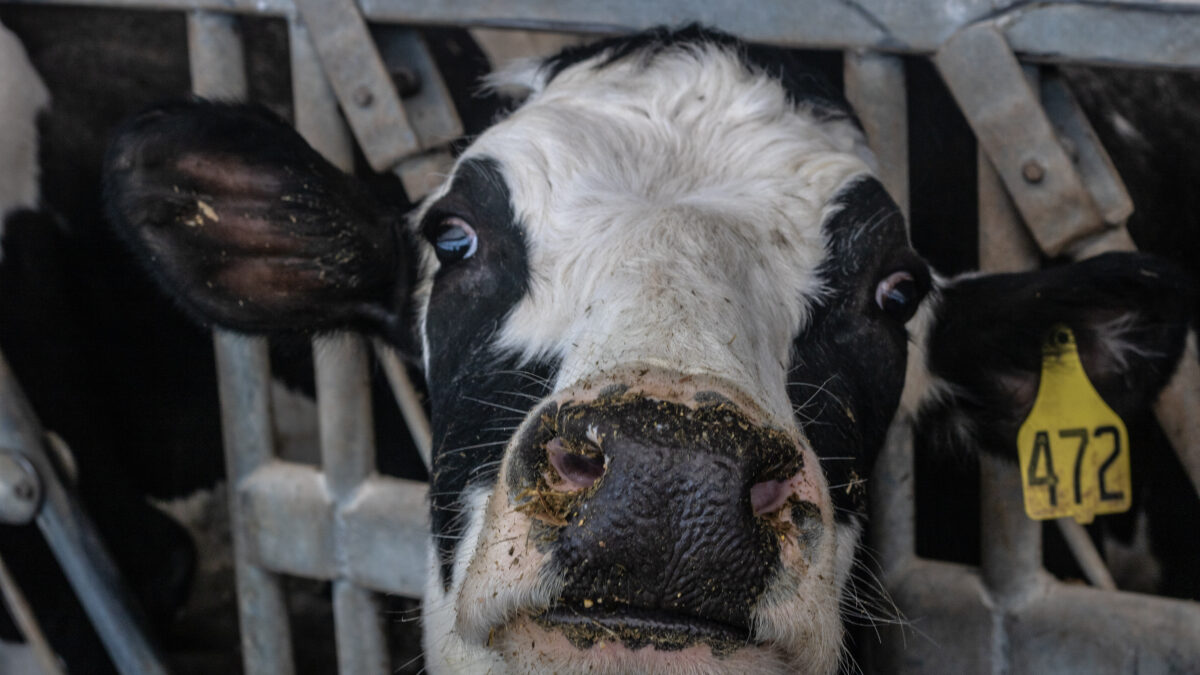Dairy Producers Need a Voice in Milk Pricing
TOPICS
Farm IncomeZippy Duvall
President

photo credit: AFBF
Zippy Duvall
President
Farmers and ranchers from across the country approved policy at the American Farm Bureau annual meeting last January in support of giving dairy farmers a voice in milk pricing. Now, in another lesson brought to us by COVID-19, milk pricing reform is more important than ever.
Cheese prices more than doubled from later April into June and now are down 33%. Meanwhile fluid milk prices remain low due to a 6-week advance in the announcement of prices. Milk pricing has long been complicated, and many milk producers are, frankly, fed up.
Milk pricing has long been complicated, and many milk producers are, frankly, fed up.
One aspect of milk pricing that seems especially perplexing is negative producer price differentials. It’s an accounting rule of Federal Milk Marketing Orders, and we see negative PPDs when the classified value of milk in the FMMO pool is less than the component value of milk. This June, we saw record negative PPDs across the U.S. because of COVID-19-related price volatility, price formula changes in the 2018 farm bill and mass de-pooling of milk.
Normally, milk processing plants and cooperatives draw revenues from the Federal Milk Marketing Order pool to pay the regulated minimum milk price to their producers. However, when the manufacturing milk price exceeds the Class I milk price, there is an economic incentive to de-pool manufacturing milk to avoid paying into the pool. This de-pooling can keep more money in the processor’s or cooperative’s pocket, which it may or may not pass along to its dairy farmers. The recent, large imbalances in the pricing and pooling of milk have cost dairy farmers hundreds of millions of dollars.
Currently, under USDA rules, only dairy farmers who are independent (not members of a cooperative) may vote on FMMO issues such as milk pricing and pooling. That needs to change. The American Farm Bureau believes that all dairy farmers and cooperative members should have an opportunity to vote, either individually or as a bloc, on the milk pricing and pooling rules that will affect them.
Farm Bureau’s recommendations were not developed quickly or rashly. We’ve been analyzing dairy policy for more than a year through our Federal Milk Marketing Order Working Group, consisting of grassroots dairy farmers. Last January, voting delegates at our annual meeting approved the group’s proposals, including modified bloc voting so that individual milk producers have a voice on matters that affect farmers’ profitability.
Often, a new crisis just highlights or exaggerates problems that were already there. The lack of fairness and transparency in milk pricing regulations is nothing new. Long before COVID-19 arrived, Farm Bureau was ready and engaged with proposed solutions, thanks to our grassroots working group and voting delegates. Now, the wild price swings brought about by COVID-19 have shone a spotlight on the need for a more equitable compensation system for the hardworking men and women in our dairy industry.
Except for the 2018 farm bill, the Federal Milk Marketing Order program has not undergone substantial reform in almost two decades. Reform is overdue—and giving dairy producers the ability to vote directly on the milk pricing rules is a good start.
Zippy Duvall
President
Vincent “Zippy” Duvall, a poultry, cattle and hay producer from Greene County, Georgia, is the 12th president of the American Farm Bureau Federation.
Trending Topics
VIEW ALL